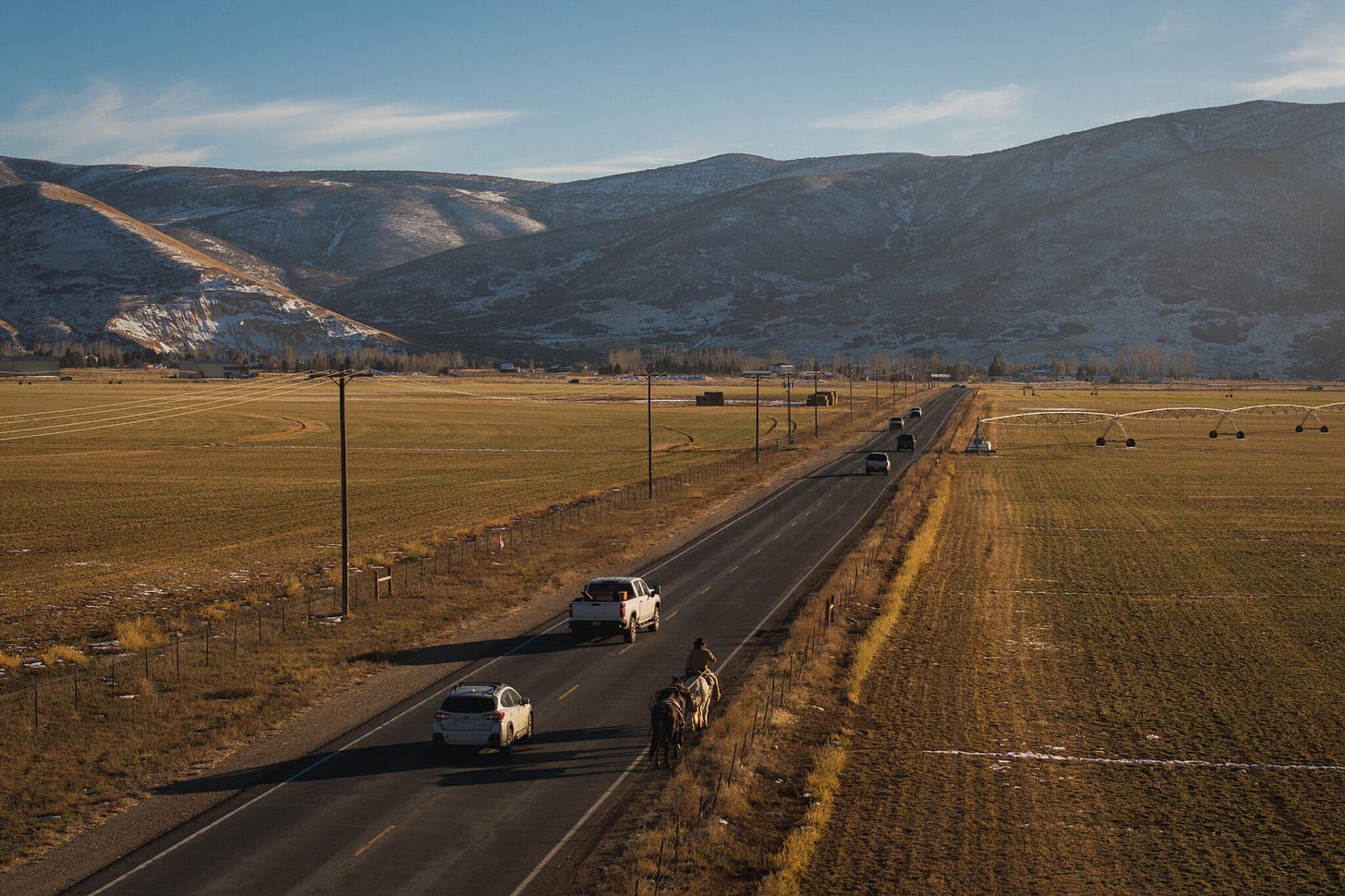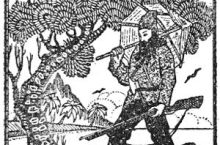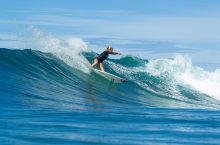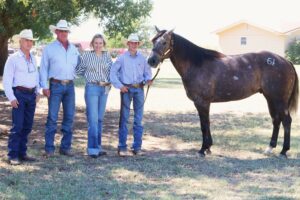Jake Harvath returns home from his ‘Year of the Mustang’ ride. He and his 3 horses may set a new record — all to help mustangs find their place in a human world. Jake Harvath hugs his mother, Leah, as he arrives at Sage Creek Equestrian in Charleston, Utah, on Thursday, Dec. 5, 2024, completing […]

Jake Harvath returns home from his ‘Year of the Mustang’ ride. He and his 3 horses may set a new record — all to help mustangs find their place in a human world.
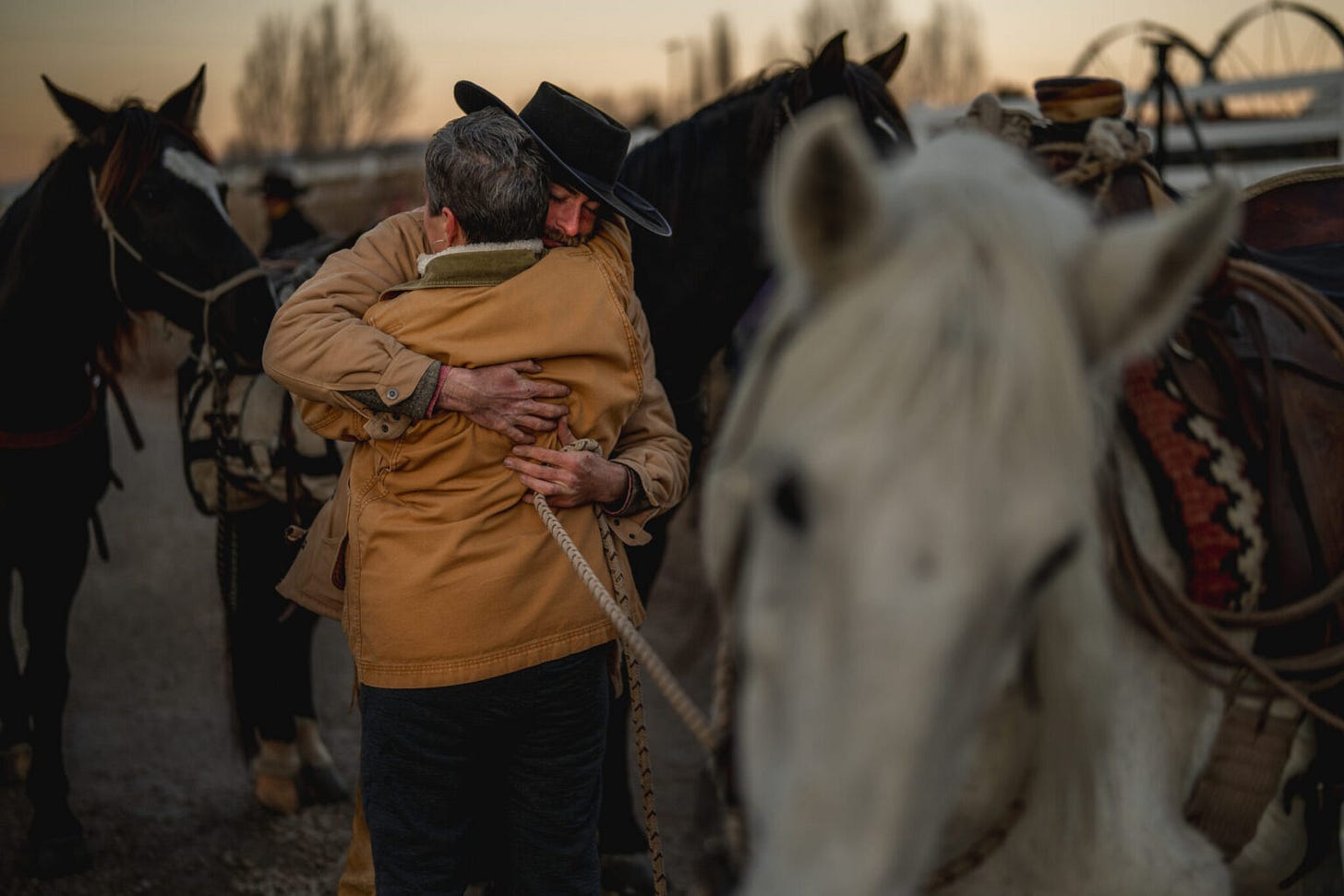
Despite efforts to reduce overpopulation — including round ups and fertility control treatments — wild horse and burro populations remain about three times what federal range managers believe is an appropriate balance with rangeland resources, at about 27,000. Since 2013, herd sizes have more than doubled, though in 2020 populations dipped slightly, according to the BLM.Jake said he sees adoption as not the only solution, but an important one to the wild horse crisis.They dipped down side streets and neighborhoods wherever they could along their route to avoid the busy highway, but got help from a police escort along Main Street in Heber City, where traffic was most hectic for three horses and one cowboy.Everyday your story is being told by someone. Who is telling your story? Who are you telling your story to?Some wild horse activists advocate against round ups, saying they can be cruel and mustangs have been made scapegoats for rangeland damage most often caused by taxpayer-subsidized cattle grazing. The BLM says it doesn’t remove wild horses to simply make room for cattle grazing on public lands — but rather it does so to “ensure rangeland health” in accordance with land-use plans and to carry out the BLM’s mission to manage public land for multiple uses while also protecting the land’s resources.To those who argue wild horses should just be left alone on rangelands and their populations will naturally regulate, Warr said the BLM would be neglecting its government mandate to maintain public lands for multiple uses while balancing rangeland health. Additionally, he said overpopulation could lead horses to starve, suffer and die.The most comparable documented horse ride Jake has been able to find was one completed by Lucian Spataro in 1989. In 150 days, Spataro rode 3,000 miles coast to coast, from Los Angeles to Chesapeake Bay, Maryland, according to his website. He crossed through 15 states — the most ever done at the time with the same horses.
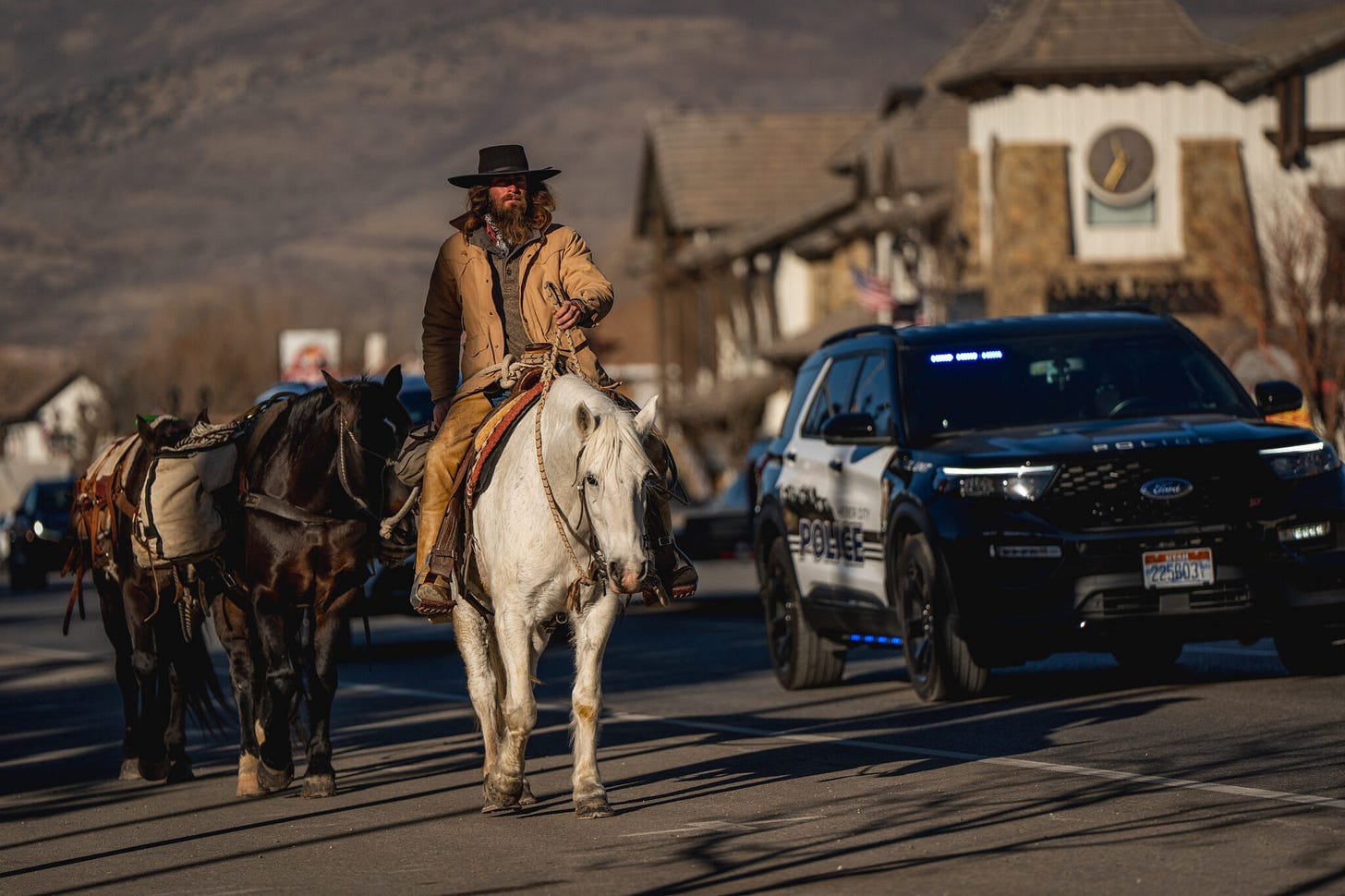
“It just brightened up everyone’s day to see horses walking through their neighborhood or down the middle of town, Princeton, and everything,” he said. “Everyone was super excited to meet me, like everywhere else. It was funny. Just the different experience and perception I got compared to what other people outside of New Jersey had.”Katie McKellar covers Utah government as a senior reporter for the Utah News Dispatch. She specializes in political reporting, covering the governor and the Utah Legislature, with expertise in beats including growth, housing and homelessness.To show the country how valuable mustangs are as both companions and work horses even in today’s modern world, Jake rode his steeds all the way to the Atlantic Ocean and back. He hoped to prove they’re just as capable and trustworthy as any other breed — and that they make especially tough trail horses because their survival depends on it in the wild.But hoping to finish out the ride with Bella — the seasoned trail horse that helped teach Jake when he was first learning to be a horseman — one of his friends brought her to the Wyoming-Utah state line. She joined Denver and Eddy to trek the last 115 miles or so of the trip.“I had to commit, there was no turning around,” Jake said. “If I had any shot of getting it done at all, I had to be completely confident. And that’s what I applied to everything we had to overcome.”
